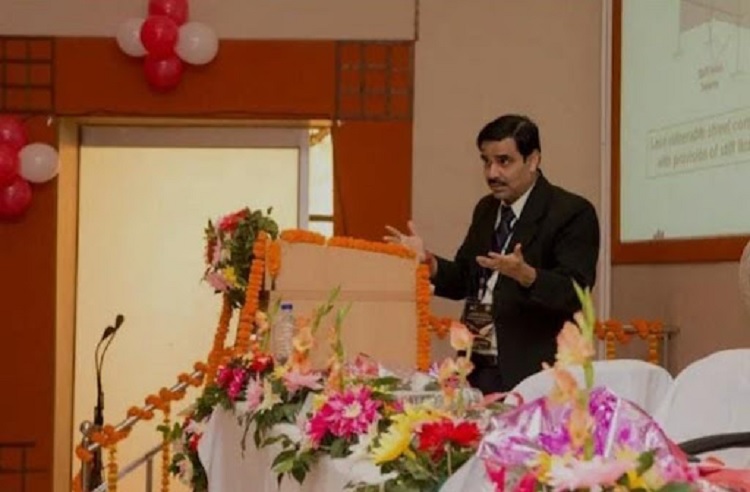Scientific analysis and research are essential in advancing knowledge and awareness in any field. Research profoundly affects areas requiring technical or scientific knowledge and information because scholarly studies offer novel information and insights for field professionals. Researchers play a primary role in developing and introducing new techniques, frameworks, concepts, and practices to a scientific or technical discipline like civil or structural engineering. Although field practitioners play a significant role in utilizing and implementing new practices, academics and researchers are essential for developing conceptual frameworks and innovative ideas. Research is also vital for structural and earthquake engineering because it enables field experts to identify new strategies and mechanisms to strengthen structures and maximize their resistance against earthquakes and natural disasters.
Earthquakes, cyclones, floods, and other natural disasters pose substantial threats to public and private infrastructure assets and buildings. The lack of adequate planning, ineffective material, and structural flaws significantly damage high-rise buildings or structures during and after earthquakes and other natural calamities. The high risk or probability of collapse and significant damage increases the need for developing mechanisms and practices to build structures that withstand the substantial force of earthquakes and other calamities. Researchers play a primary role in increasing the knowledge and awareness of field practitioners regarding new or innovative practices that improve quality, efficiency, and proficiency.
Research is also pivotal in enhancing field knowledge and practices for civil, structural, and earthquake engineering because it allows practitioners to employ new strategies developed by researchers for reinforcing and strengthening structures against external or internal threats like natural disasters. Sekhar Chandra Dutta is a scholar contributing to structural and earthquake engineering research to improve field practices. Dutta is an Indian career academic and research scholar in civil, structural, and earthquake engineering. He has over 30 years of research experience, with more than 120 scientific papers on structural and earthquake engineering published in various scholarly journals. Some of his primary research interests include earthquake engineering, structural dynamics, seismic design of asymmetric structures, soil-structure interaction, and inelastic seismic behavior of structures. Dutta also performed extensive research on the seismic behavior of elevated water tanks, the seismic safety of earthen dams, the seismic design of masonry structures, and non-engineered structures.
Research and experimental analysis in structural and earthquake engineering are Dutta’s primary research interests. His dedication and commitment to research are evident from over 120 scholarly journal articles, 80 conference publications, multiple technical analysis reports, several research articles, and two books. Sekhar Chandra Dutta authored and co-authored several scholarly articles on civil, structural, and earthquake engineering topics in numerous scientific journals. Dutta’s recent research articles focus on damage surveys of earthquake-affected masonry structures, the inelastic seismic behavior of asymmetric structures, the seismic behavior of structures under bidirectional ground motion, and the behavior of vertically irregular structures near mines. Working on numerous technical analysis and research projects enables Sekhar Chandra Dutta to offer his expertise and recommendations in civil engineering projects for preventing damage caused by earthquakes and other natural disasters.
Academic and educational experience and expertise are vital for research because they provide a conceptual framework for conducting scientific studies. Sekhar Chandra Dutta has over 27 years of teaching experience in various institutes, including the Indian Institutes of Technology (IIT), Bengal Engineering and Science University, and B.E. College (D.U). He served as a professor and head of the civil engineering department at the Indian School of Mines (ISM) at IIT in Dhanbad, India, from 2015 to 2017. Dutta also founded the ISM at IIT, Bhubaneswar, while serving as the department chair from 2009 to 2010 and 2012 to 2014. He was also a visiting Fulbright Nehru Senior Research Fellow at the department of civil engineering at the University of California, Davis, between 2010 and 2011 while working with renowned structural and earthquake engineer Sashi K. Kunnath.
Scholarly and scientific research is vital for developing any field by offering new knowledge and expertise. Civil, structural, and earthquake engineering disciplines also require constant input from scholars to identify potential gaps in existing practices in areas for improvement. Earthquake engineering involves preventing significant damage to buildings and structures or their collapse from seismic activity. Scientific research plays a primary role in improving civil engineering or construction projects by providing substantial information on improving earthquake resistance through material, design, architectural, and engineering considerations. Academics and scholars like Sekhar Chandra Dutta are essential for conducting research and offering new input and recommendations for field practitioners to improve the earthquake resistance of infrastructure and buildings, especially in developing nations.







